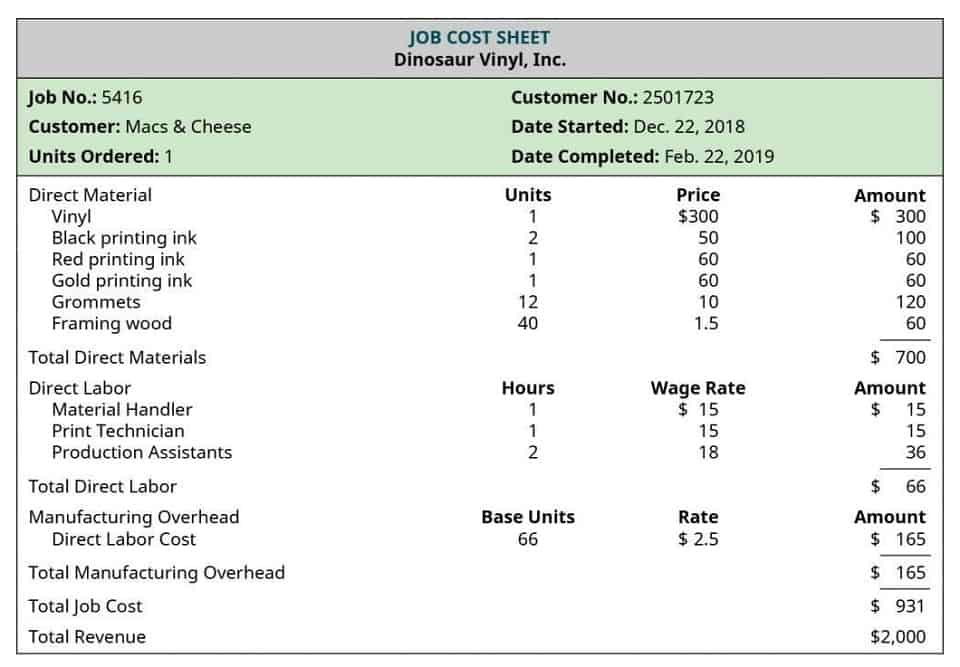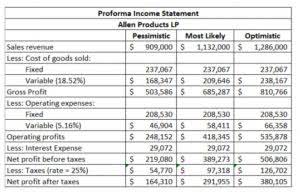
Arjun has since written for investment firms, consultants, and SaaS brands in the Accounting and Finance space. Usually, accountants are employed to manage and conduct the accounting tasks required by the accounting cycle. If a small business or one-person shop is involved, the owner may handle the tasks, or outsource the work to an accounting firm. The accounting cycle focuses on historical events and ensures that incurred financial transactions are reported correctly. Bookkeeping focuses on recording and organizing financial data, including tasks, retained earnings such as invoicing, billing, payroll and reconciling transactions. Accounting is the interpretation and presentation of that financial data, including aspects such as tax returns, auditing and analyzing performance.



Step 7: Create Financial Statements



The general ledger is a central database that stores the complete record of your accounts and all transactions recorded in those accounts. Disorganized books can lead to bad decisions, failure to fulfill various obligations and sometimes accouting cycle even legal problems. That’s why today we will discuss the eight accounting cycle steps you can follow to ensure accuracy.
Post Closing Journal Entries To Close the Books



The accounting cycle is a comprehensive accounting process that begins and ends in an accounting period. It involves eight steps that ensure the proper recording and reporting of financial transactions. Once a company’s books are closed and the accounting cycle for a period ends, it begins anew with the next accounting period and financial transactions.
Spend more time growing your business
The decrease normally comes from the withdrawal from the owner; thus, such a decrease shall be recorded on the Debit. Therefore, any increase shall be recorded on the Credit side and vice versa. Thus, any increase shall be recorded on the Debit side, and if it decreases, we shall record it on the Credit side. The second step is to journalize the transactions you identified in step one.



- Ultimately, understanding and executing the accounting cycle properly empowers you to steer your business toward greater financial stability.
- With accrual accounting, journal entries are made when a good or service is provided rather than when it is paid for.
- Flowcharts underpin workflows, which is why it’s crucial for any business leader—and accounting firm leaders in particular—to understand flowchart design.
- The Debit or Credit of Income Summary account depends on the difference between step 1 and step 2 above.
Meanwhile, single-entry accounting is more like managing a checkbook. It doesn’t require multiple entries but instead gives a balance report. The next step of the accounting cycle is to organize the various accounts by preparing two important financial statements, namely, the income statement and the balance sheet. The income statement lists all expenses incurred as well as all revenues collected by the entity during its financial period. These expenses and revenues are compared to reveal the net income earned or net loss sustained by the entity during the period.
Step 6. Adjust journal entries
These T-accounts are then used to prepare an unadjusted trial balance. This trial balance represents the actual account balances in the ledger. It does not however reflect the balances that should be in the accounts. Some period-end adjustments typically need to be made before the books can be closed. Accounting software helps automate several steps in the accounting cycle.
These two articles cover all aspects of adjustments that we shall make for this step of the accounting cycle. In practice, steps 3, 4, 6, 7, and 9 are often automatically generated by a computerized accounting system. Once you recognize an error, you’ll need to correct the figures in your accounting system or pass an additional journal entry. A worksheet is where you adjust the “unadjusted” trial balance if needed. If the trial balance reveals errors, the worksheet can help identify the reason for it. Whether your accounting period is monthly, quarterly, or annually, timing is crucial to implementing the accounting cycle properly.
- When you record transactions in the journal depends on whether you use cash or accrual accounting.
- If the balance of such an account in step 1 is higher than that in step 2, that means the net balance would be on Credit.
- The first step in the accounting cycle is identifying business transactions.
- But if you use accounting software, you won’t need to prepare the trial balance manually.
- Double-entry accounting is ideal for businesses that create all the major accounting reports, including the balance sheet, cash flow statement and income statement.
- From past experience, ABC Co normally incurs utility expense of US$1,000 per month.
For example, if the bookkeeper had debited cash by $100 and credited customer A’s account by $1,000, the credit and Insurance Accounting debit balances wouldn’t match. The bookkeeper will need to change the amount in the journal entry or pass an adjusting entry to fix the error. But if you use accounting software, you won’t need to prepare the trial balance manually. Remember that you don’t have to implement the accounting cycle as-is.
- Each business transaction must be properly analyzed so that it can be correctly recorded in the journal.
- You can also link your ERP and other systems so the accounting software can record and monitor expenses.
- The first step in the accounting cycle is to identify your business’s transactions, such as vendor payments, sales, and purchases.
- Our editorial team independently evaluates products based on thousands of hours of research.
Tips for successfully managing the accounting life cycle
However, you also need to capture expenses, which you can do by integrating your accounting software with your company’s bank account so that every payment will be charged automatically. Creating an accounting process may require a significant time investment. Setting up an effective process and understanding the accounting cycle can help you produce financial information that you can analyze quickly, helping your business run more smoothly. Identifying and solving problems early in the accounting cycle leads to greater efficiency.

Leave a Reply